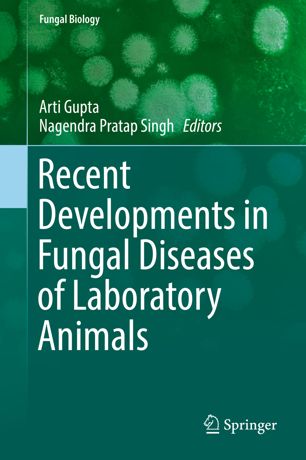

Most ebook files are in PDF format, so you can easily read them using various software such as Foxit Reader or directly on the Google Chrome browser.
Some ebook files are released by publishers in other formats such as .awz, .mobi, .epub, .fb2, etc. You may need to install specific software to read these formats on mobile/PC, such as Calibre.
Please read the tutorial at this link: https://ebookbell.com/faq
We offer FREE conversion to the popular formats you request; however, this may take some time. Therefore, right after payment, please email us, and we will try to provide the service as quickly as possible.
For some exceptional file formats or broken links (if any), please refrain from opening any disputes. Instead, email us first, and we will try to assist within a maximum of 6 hours.
EbookBell Team

4.0
46 reviewsFungal growths affect both human and animal well-being. Many natural pathogens of laboratory animals alter host physiology, rendering the host unsuitable for experimental uses. While the number and prevalence of few pathogens have declined considerably, many still turn up in laboratory animals and represent unwanted variables in research. Investigators using laboratory animals in biomedical experimentation should be aware of the profound effects that many of these agents can have on research. What does the future hold regarding the natural pathogens of laboratory animals? The selection of an animal model must carefully address issues of the type of human disease to mimic, the parameters to follow, and the collection of the appropriate data to answer those questions being asked. Overall, animal models of fungal infection will continue to deepen our understanding of how these infections occur.
This book provides a valuable source of information to biological and biomedical scientists and to clinical and doctoral researchers working in the area of fungal infections and diseases of laboratory animal species.